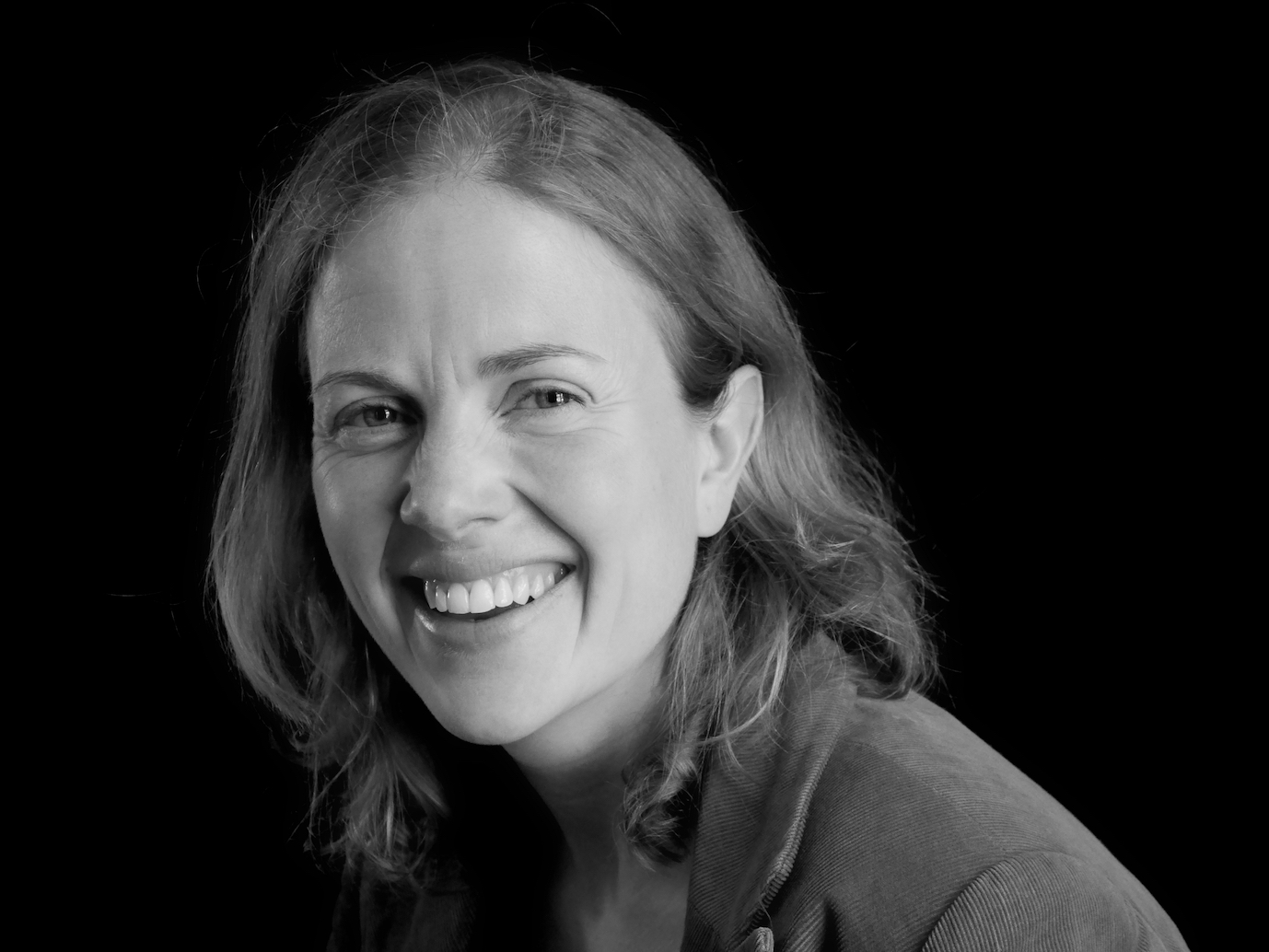Keynote 1: Rethinking the Design of our Online Spaces
Despite the ease in Covid-19 restrictions over the past year, people (including myself) are still spending more time than ever online. The increased usage and reliance during the pandemic has now made the world wide web (WWW) an even more indispensable part of our lives. And with new innovations like Web 3.0 moving into the mainstream, this is not going to change anytime soon. On the face of it, however, when we look at the design and visualisation of the information resources and services on the WWW today, it seems like nothing has moved on. Even though the functionality, with its endless data and new interactions, has greatly advanced from web 1.0 to now web 3.0. The user interface design of the web still seems to be in a time warp (i.e. still mainly concerned with the usability issues identified in the late 1980s). Specifically, the emerging issues of today around online safeguarding and inequality are still not fully being addressed. In this keynote talk I will briefly discuss the ‘usability’ evolution of the WWW. The focus will be on the current design of applications on the WWW and how their user experience design (UXD) needs to evolve. I will use examples from different projects to demonstrate how we can use new visual approaches to design for more effective UXD and the greater wellbeing of all users.
Bio

Cardiff Metropolitan University
Dr. Fiona Carroll is a reader with the Cardiff School of Technologies, Cardiff Metropolitan University (CMet), Wales. She obtained her PhD in Human Computer Interaction (HCI) from Edinburgh Napier University in 2008. Her research over the past twenty years has focused on the fast-changing relations between humans and digital technologies. She has been particularly proactive in applying aesthetics to digital graphics, visualization and HCI. For example, a recent DAPTEC project (European Regional Development Fund, 2020- 2022) extends the visualisation aesthetic to ‘physicalisation’ to provide users with a more engaging and tangible means to access and understand environmental data. At CMet, she co-leads the creative computing research centre and is also passionate about exploring new multidisciplinary approaches to engage more girls in STEM. As an accomplished academic, she has numerous peer reviewed publications and has partaken in cutting-edge research projects both at national and international levels.
Keynote 2: The Inner Lives of Visualisations -- Studying How Visualisations of Statistical Concepts are Understood
Visualisations are used in various context from scientific articles to data journalism for communicating data and/or algorithmic results, and as evidences to support and contextualise arguments. While the design and the visual elements in a visualisation determine what a visualisation encodes, a visualisation operates once viewed and interpreted by its viewers. Designing visualisations requires therefore a better understanding and consideration of such perceptual, cognitive and interpretive processes. To that end, there is growing interest within the visualisation research community in empirically studying how visualisations are perceived, and whether design decisions could be informed by understandings emerging from these studies. This talk will introduce this relatively young research area, and discuss our own research involving studies of how statistical concepts such as spatial auto-correlation, correlation and more complex computational models are understood through visualisations. We will discuss the potential for methodological innovation, for instance, the use of natural language understanding in gaining deeper understandings of how visualisations of statistical constructs are interpreted, as well as opening up a debate around the limitations of how we currently run such empirical studies.

University of Warwick
Bio
Cagatay Turkay is an Associate Professor at the Centre for Interdisciplinary Methodologies at the University of Warwick, UK and a Turing Fellow at the Alan Turing Institute, London, UK. His research investigates the interactions between data, algorithms and people, and explores the role of interactive visualisation and other interaction mediums such as natural language at this intersection. He designs techniques and algorithms that are sensitive to their users in various decision-making scenarios involving primarily high-dimensional and spatio-temporal phenomena, and develops methods to study how people work interactively with data and computed artefacts.
